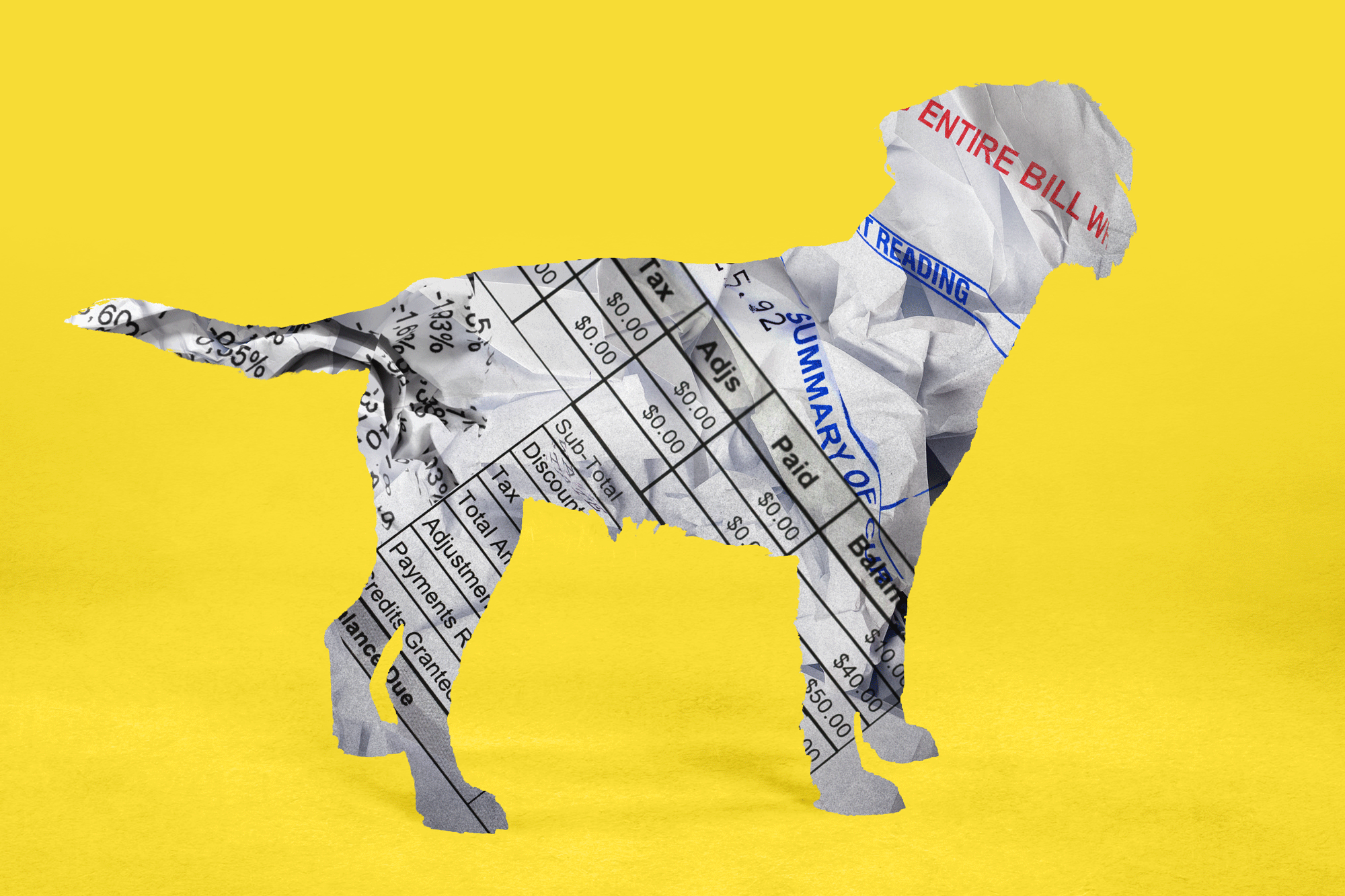Aid requests surging at pet food pantries
FRANKLIN, MASS. — Diana Bardsley wiped tears from her eyes as she recalled taking food off her plate to feed her beloved spaniel, Hunter, and two Siamese cats.
Her greatest fear: that she could be forced to surrender the animals as she struggled to stretch her food stamps and Social Security to meet the escalating cost of living.
Some hope was restored after she visited a local food pantry, which has started offering free pet food to help owners keep their animals out of shelters.
“I know a lot of people will probably say, ‘Well, if you don’t have enough money to be able to feed your animals, that you shouldn’t have pets,’ ” said Bardsley, 53, of Franklin, as Hunter played in the living room with three of her grandchildren.
But “just because financially you may go downhill a little or a lot, doesn’t necessarily mean you have [to] give [up] the part of your family that you love,” she said.
For some pet owners, though, there is little choice.
The rising costs of fuel, food and housing -- and the rising tide of foreclosures -- have generated a surge in requests for pet food from traditional food pantries and prompted some pet owners to give up their animals. Others are trying to save money by forgoing veterinary care.
The Animal Welfare League in Chicago Ridge, Ill., has seen the average number of pet owners receiving monthly rations from its pet food pantry increase by more than 50% since last year. Meanwhile, the number of people seeking service at its discounted veterinary clinic has more than doubled, said Linda Estrada, the group’s director and president.
“We could do it every day if we had enough food, I mean, that’s how bad it’s gotten,” Estrada said. “The line goes all the way down the street” as pet owners gather once a month for supplies.
In Santa Cruz, Calif., a pet food bank run by the Society for the Prevention of Cruelty to Animals has seen demand spike by about 20% just in the last six months. The facility hands out about 5,000 pounds of free pet food a month.
“In the past, the demographics have been people who are disabled or on disability and senior citizens,” said executive director Lisa Carter. “Nowadays, during the pet food program, I see people who are able-bodied and not able to find a job.”
The deepening foreclosure crisis also is having an effect. A growing number of pet owners are abandoning their pets or surrendering them to shelters after losing their homes or being forced into housing that doesn’t allow animals, said Brian Adams, spokesman for the Massachusetts Society for the Prevention of Cruelty to Animals-Angell Animal Medical Center.
“We’ve seen where people have abandoned dogs in the house, we’ve seen dogs that have been surviving for weeks on toilet water, we’ve seen dogs that have either been chained up outside or left in the yard when the people have left, we’ve seen cats who are just set free,” Adams said.
“We’ve seen people do something sort of in the middle of the road -- where they don’t abandon it, they don’t surrender it, but they give it to a neighbor or friend and then that person brings it in maybe a week or two later when they realize, you know, it was something that was sort of dumped on them when they weren’t really ready for it yet,” he said.
Petco Foundation, the charity arm of Petco Animal Supplies Inc., is establishing a program to provide up to $5,000 in grants to shelters to train, care for or find new homes for pets abandoned during the foreclosure crisis, said director Paul Jolly.
Linda Pouliot, executive director of the Franklin Food Pantry Inc., said her organization had struggled to keep up with demand as it served about 2,200 people, two-thirds of whom have pets.
“When we first started, people couldn’t believe there’d actually be pet food because often times they’d take six or eight cans of tuna and we’d find out they weren’t actually eating it themselves -- they were feeding the cats because they couldn’t afford pet food,” she said.
And some veterinarians have noted more pet owners trying to save money on medical treatments by passing up some options, including diagnostic tests.
“Where in the past they’d say: ‘Do anything that it takes,’ they are now being more conscious about what will it take and then making those decisions,” said Dr. Steven L. Rowell, hospital director of the Cummings School of Veterinary Medicine at Tufts University.
“There are people normally you’d expect to go for preventive care, and they are cutting back on that a little bit,” said Dr. Tricia Bolduc, a veterinarian at Franklin’s Acorn Animal Hospital. “Definitely, they’d come in and decline certain services and, you know, just do the bare minimum.”
Some pet owners just won’t cut corners, though.
Doreen Kazijian said she delayed buying her own medication for high blood pressure, using the money to buy medicine for her 16-year-old cat with thyroid problems and a 17-year-old cat suffering from liver failure.
“It’s just something I automatically do because I’d have done the same thing for my son,” said Kazijian, 51, who lives in Franklin on disability pay and food stamps after rupturing two spinal discs.
“People look at me, they are, like, you know: ‘The cat is 16 or 17, come on, get over with it,’ ” Kazijian said, sitting in her bed and stroking a cat. “And I say, ‘To me, that’s almost like a child.’ . . . You’ve got to be a pet owner to appreciate how much they give back to you.”
More to Read
Sign up for Essential California
The most important California stories and recommendations in your inbox every morning.
You may occasionally receive promotional content from the Los Angeles Times.










